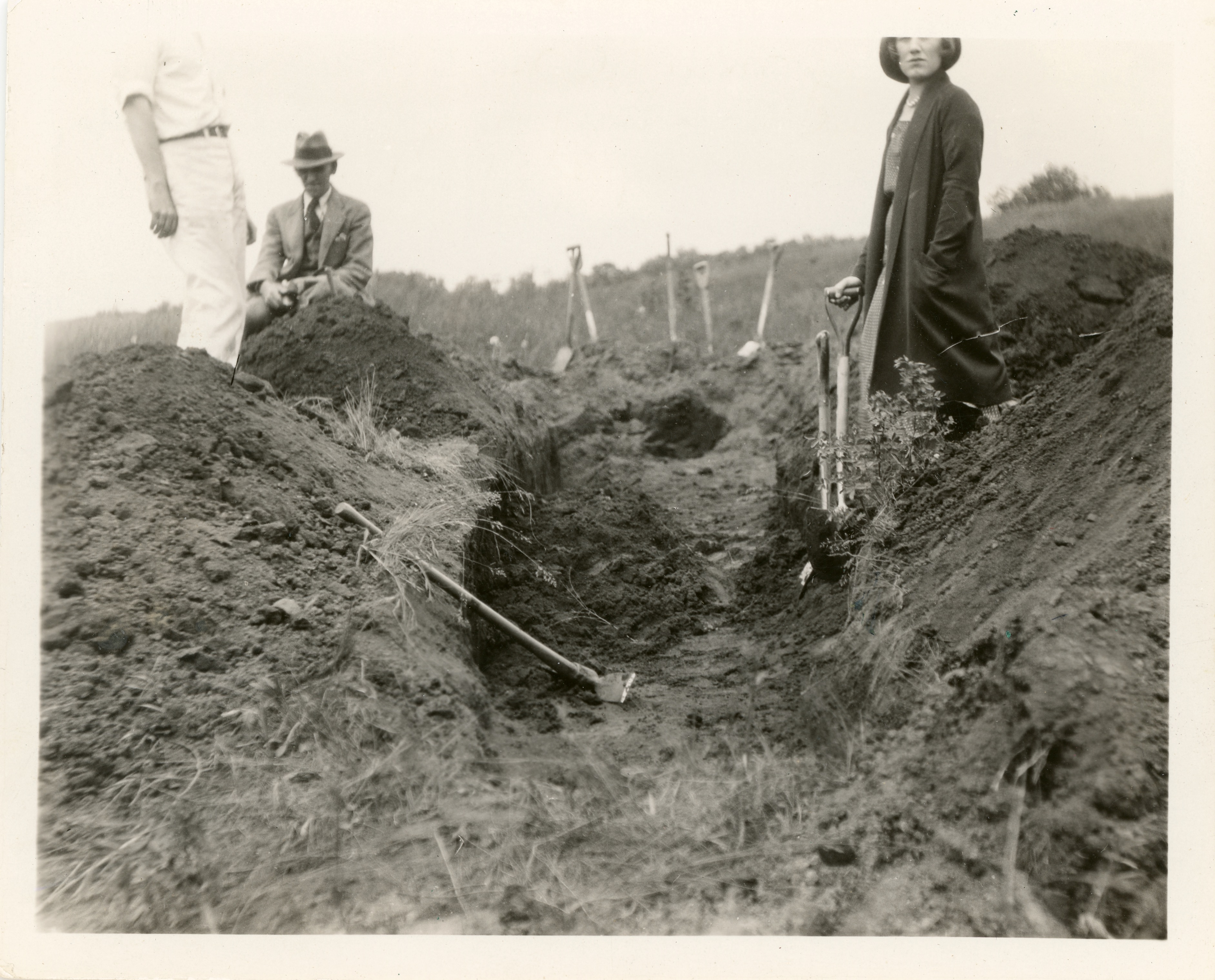
The following experimental digital documentary poem is composed of citations of William Ellery Leonard's new verse translation of the Old English poem Beowulf (1923), George Gales's Upper Mississippi: or, Historical Sketches of the Mound-Builders, The Indian Tribes, and the Progress of Civilization in the North-West (1867), and "The Spirit Raccoon," a Ho-Chunk narrative of Lake Mendota by a storyteller once known, collected by Charles E. Brown and the Folklore Section of the Federal Workers' Project in Wisconsin in Wisconsin Indian Place Legends (1936).
When this MOUND web page is loaded and/or reloaded, server-side code selects and loads a random collection of lines from a relational database of citations:
The sky the reek has swallowed. The Weders raised thereby.
Entirely without evidence: first that the MOUND-Builders used.
And that a dire calamity would befall him if he killed it.
The passing-forth of Beowulf, these comrades of his hearth.
These effigies may have been designed to perpetuate the name of.
Remain until night came, and he then sank into its waters.
They vaunted his earlship, they honored doughtily.
According to that, such chiefs must go without honor to.
"Animal" discovered in a hollow tree was a catfish.
Now where yet it liveth, in the mould, the gold.
To represent the family. This is based on two suppositions.
Roasted its flesh. Of this he ate heartily, his friend.
Laid their Lord beloved, weeping in their dearth.
The second suggestion is, that they had names like the modern.
The Yahara (Catfish) River at Lake Monona saw in the sandy soil.
